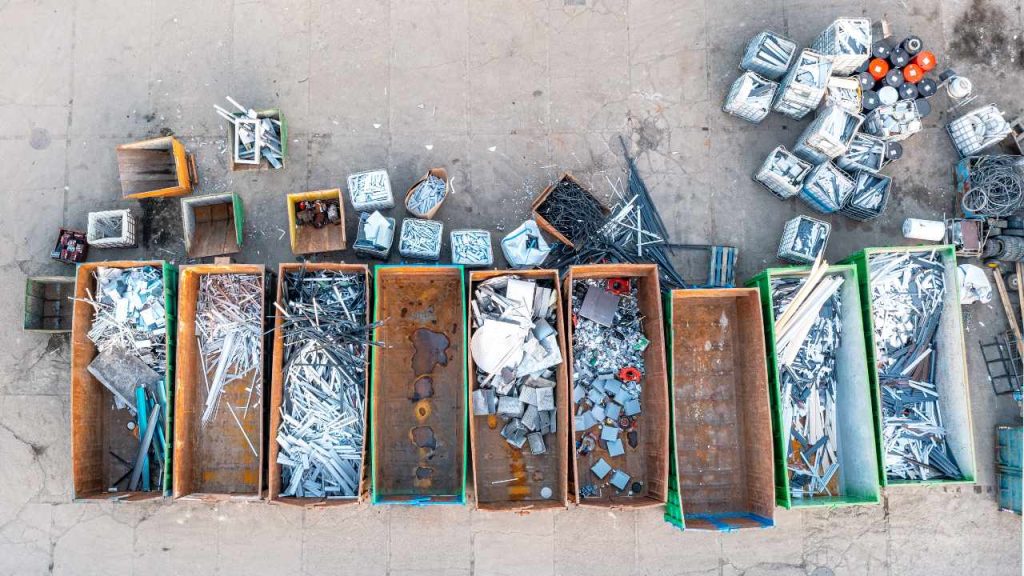AI-powered robots could soon be trawling through the skip bins at your job site in search of reusable materials.
The in-development tech could revolutionise construction waste recycling and prevent endless tonnes of material from ending up in landfills.
Currently, construction waste is sorted by workers who manually pick through the dangerous and potentially contaminated waste to filter out recyclables.
But Monash University researchers from the Automation and Sustainability in Construction and Intelligent Infrastructure (ASCII) Lab in Civil Engineering, advanced robotics could soon be used to process the waste instead.
Their research, published in the Journal of Environmental Management, uses images to train deep learning and artificial intelligence to recognise reusable materials and particles among construction site mixed waste.

The AI’s computer software identifies and categorises recyclable materials more accurately than manual workers and can warn of contaminants.
Its introduction would help boost national recycling efforts and avoid problematic environmental emergencies such as the asbestos-contaminated garden mulch recently found in Sydney parklands.
Lead engineer Diani Sirimewan says the research is the world’s first to capture detailed images of dense construction, renovation, and demolition waste, enabling the team to build advanced recognition and detection models capable of identifying recyclable and hazardous materials buried among other rubbish.
“Our deep learning models showed the remarkable ability to recognise the composition of construction and demolition waste streams, including the identification of contaminants,” Ms Sirimewan said.
The PhD candidate says the tech could become a game changer for waste recycling and landfill prevention.
“With the volume of landfill from construction waste expected to balloon, its effective management is a growing problem,” Ms Sirimewan said.
“The technology could significantly reduce the volume of waste sent to landfills through better-quality recycling – benefiting the environment and reducing the need for workers to be exposed to dangerous and toxic materials.”
“Investment in the entire construction waste management ecosystem supports a circular economy, job creation, manufacturing opportunities and market development opportunities for recycled products.”
The plan is for the technology to be combined with new robotic engineering, which can filter through the rubbish and extract materials without human contact.
Head of the ASCII Lab, Associate Professor Mehrdad Arashpour, says investing in the research would help solve Australia’s construction waste challenges.
“Every time we demolish or renovate a building or construct something new, a huge amount of waste material is generated,” Associate Professor Arashpour said.
“Currently, most of these materials go to waste and end up in landfills, which has significant environmental impacts, not to mention the loss of potentially reusable resources and economic costs.”




